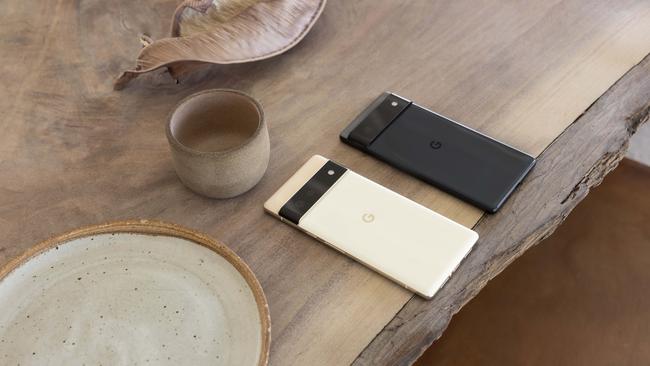Google, Samsung and Oppo offer premium phones with supposedly the best cameras and features
Great phones have great cameras and for Android users, Google, Samsung and Oppo offer supposedly the best. So who is the winner?

Great phones have great cameras. If you’re an Android user, Google, Samsung and Oppo offer premium phones with supposedly the best cameras and features. Just how good is each and is there a clear winner?
–
Google Pixel 6 Pro (6.71-inch screen, from $1299)
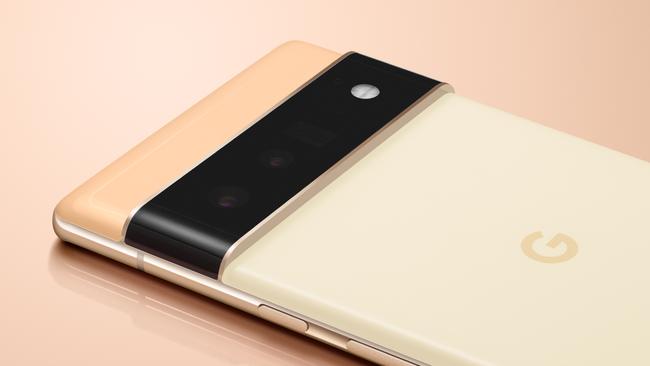
The 6.7-inch screen Pixel 6 Pro’s main camera lenses are lined-up across the back on a thickish horizontal wedge.
There’s a 50 megapixel wide snapper with an f/1.85 aperture, a 48MP telephoto lens with 4x optical zoom and 20x hybrid zoom, and a ultrawide with a 114 degree field of view.
The main camera shoots 30 and 60 frames per second 4K video while the 11.1 MP selfie lens shoots 4K video at 30fps, but not 60fps as with the Galaxy S22.
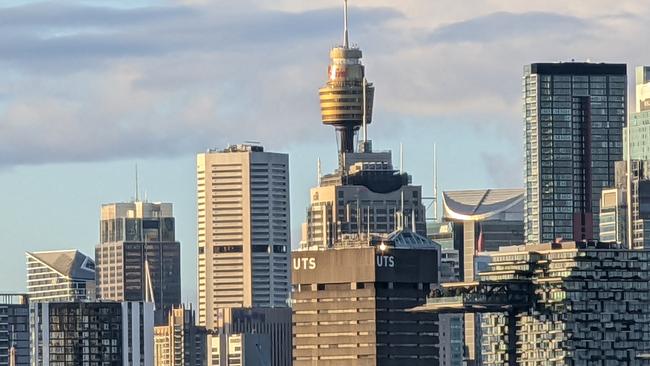
Pixel phones habitually add experimental modes that are novel and interesting. They are possible thanks to computational photography – the ability of artificial intelligence or AI to perform image processing.
You can focus on and follow a moving object while it blurs the background. It’s basically Bokeh on the run.
A magic eraser feature lets you remove photo bombers and other extraneous people from images so that shots concentrate on the main subjects. Samsung achieved this years ago on older phones by snapping extra images that included the background to be substituted for removed people. The Pixel version uses backgrounds created by machine learning.
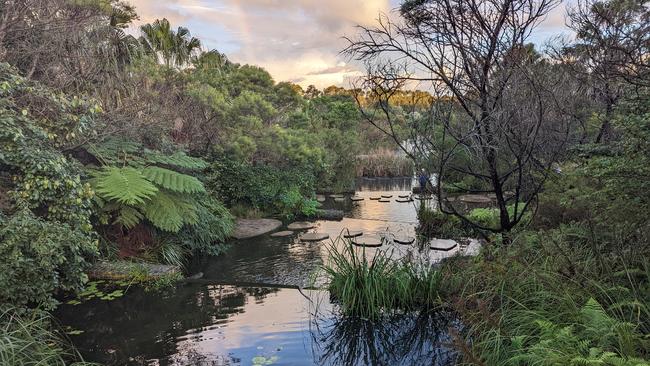
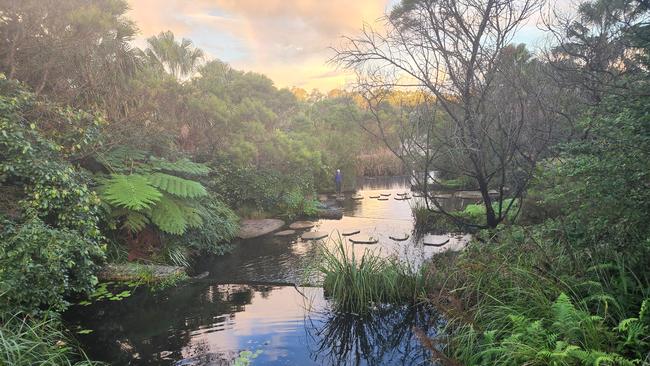
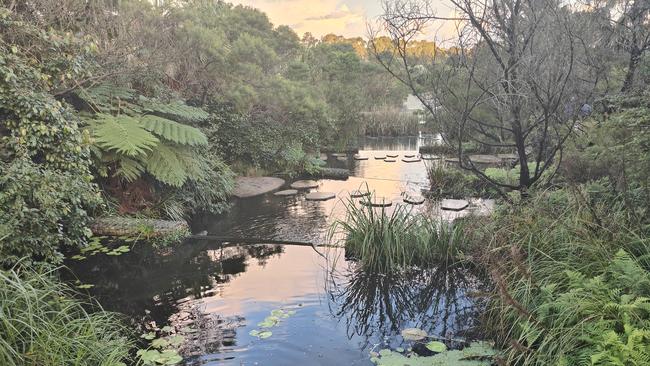
Motion mode captures action shots and long exposures, while face deblur and real tone seeks to accurately capture skin tone.
Google claims you don’t need a tripod for its long exposure mode, a feature which is in Beta.
The Pixel 6 Pro took great day time shots that were full of detail and natural colouring. It took clear and impressive shots with its 20x hybrid zoom – the maximum zoom on this phone. It doesn’t try to stretch zoom beyond that.

Shots taken with ‘night sight’ were clear and full of detail and colour, although there was some halo effect around lights.
I wasn’t impressed with the framing of selfie video compared to the other phones. It seemed a little distorted.
Video shot at night, while detailed, wasn’t so smooth.
–
Samsung Galaxy S22 Ultra 5G (6.8-inch screen, from $1849)

Samsung needs to write a manual on the 6.8-inch Galaxy S22 Ultra 5G camera system as its features and capabilities are extensive.
The starting point is the four lenses: a 100MP wide lens with an f/1.8 aperture for low light shots, a 12MP ultrawide lens, 10MP telephoto lens and a 10MP periscope telephoto lens that enables 100x digital zoom. You get a 40MP selfie lens.
The periscope zoom lens bends light so that it runs down the phone, increasing the distance between the lens and sensor – 30x hybrid zoom is very good now; images are clear and colour and texture are preserved; 100x ‘space zoom’ is spectacular if you don’t enlarge images. Enlarged ones are muddy and grainy.
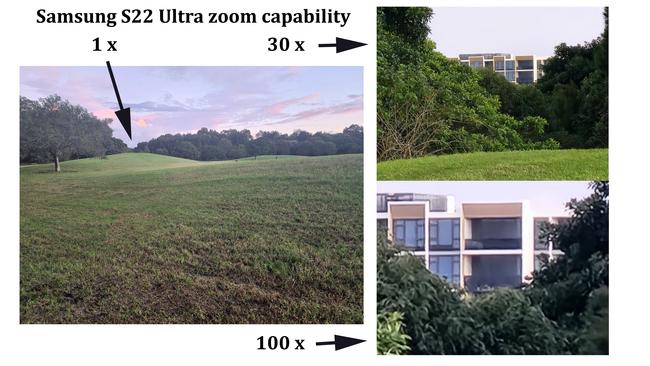
The phone’s rear camera shoots 8K video, something that is useful for capturing high resolution stills. Select a frame and you can save a 30MP image.
Samsung’s selfie camera takes 4K video and it was clear and colourful, even at night. The image stabilisation was impressive.
The S22 Ultra uses the same Snapdragon semiconductors as the X5 Pro which means advanced AI photographic enhancements. Samsung takes this to the limit.
The Bokeh (background blurring effect) extends beyond images to video shot with the front and back cameras. You can post-process in background blurring using the Gallery app. The app also lets you remove unwanted objects in images.
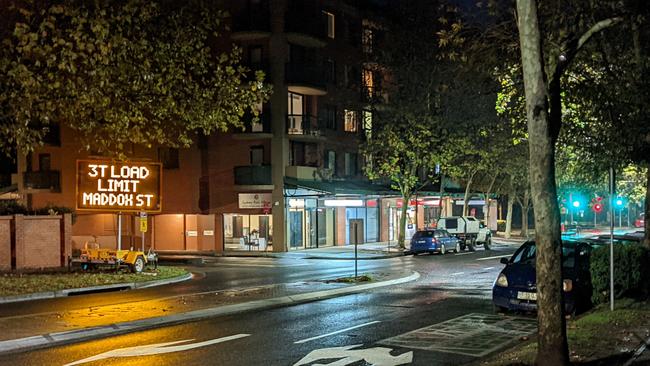
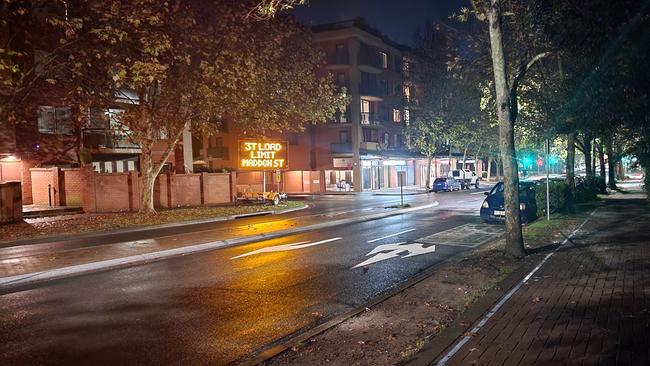
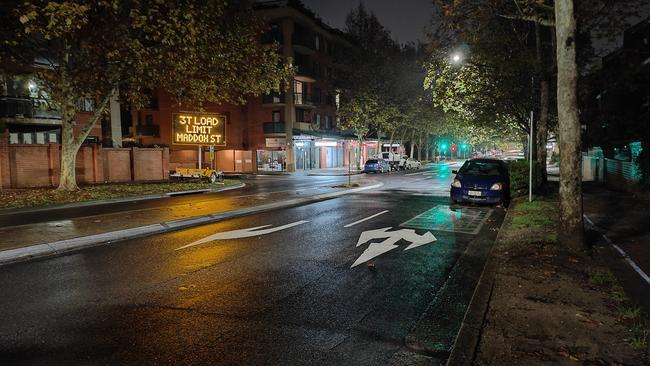
The ‘detail enhancer’ lets you shoot clearer images of signage from a distance. Positioning the S22 just above my keyboard and selecting the ‘focus enhancer’ showed up the debris between the keys and how desperately they need cleaning.
You can remaster pictures to add clarity and better colour, remove shadows, reduce reflections, autoframe selfie video to keep you in shot and use the director’s mode to shoots video from the front and rear cameras simultaneously – great for video interviews.
You can use gestures or use the S Pen to trigger photos to get in the shot or prevent camera shaking. Night photos looked good too.
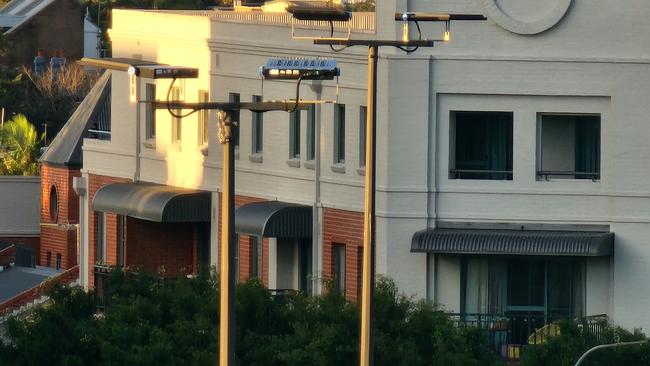
The camera supports RAW and pro mode photography too. The features just roll on.
Image quality can sometimes falter with luminance, artefacts, and white balance inconsistencies. Phone benchmark testing agency Dxomark.com didn’t award the phone’s camera a top rating due to this.
Day time shots were good with less over saturation that I experienced on previous models. But I thought Oppo and Google’s daytime shots were better.
Night shots were great but the Pixel 6 Pro offered the best in this line-up.
The big 40MP front-facing lens took great high resolution selfies.
–
Oppo Find X5 Pro 5G (6.7-inch screen, from $1799)
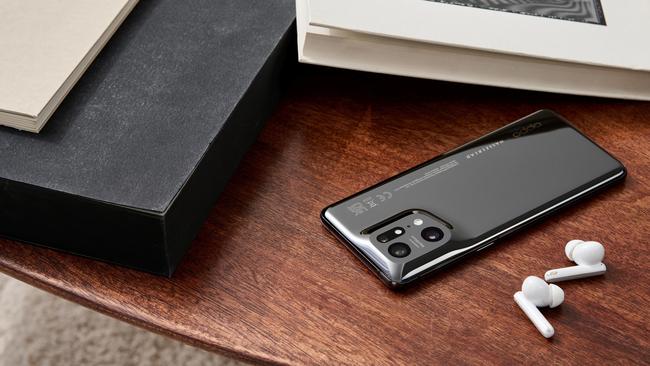
The days of Oppo making just budget phones are over. This year’s premium Find X5 Pro 5G starts at $1799, and looks premium with a bright 6.7-inch edge-to-edge 2K display, albeit the handset is glossy and slippery.
The camera lenses carry the Hasselblad name: a 50MP f/1.7 wide lens, 50MP ultrawide lens and 13MP telephoto lens offer 2x optical zoom. You get up to 20x hybrid zoom but images I took lacked crispness at full resolution. There’s a 32MP selfie camera.
While the rear camera shoots 4K video, the selfie camera is restricted to 1080p video at 30 fps. The other two phones here shoot 4K selfie video. That’s an omission.
Ironically this phone took good selfie video despite the lower resolution due to the framing and colour.
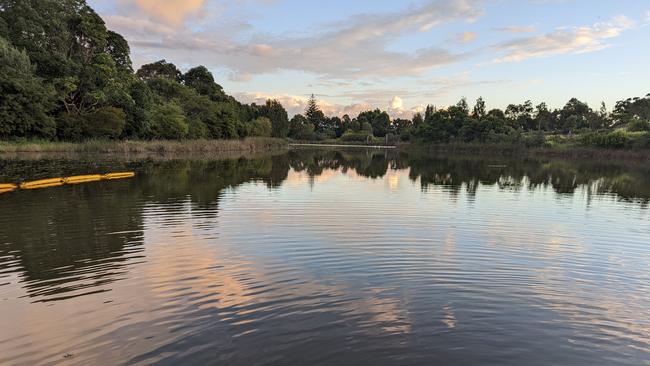
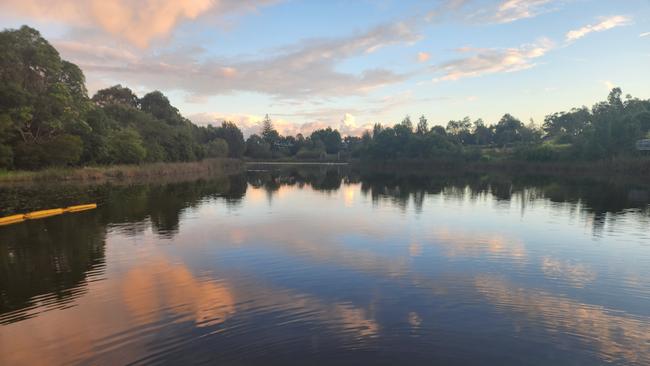
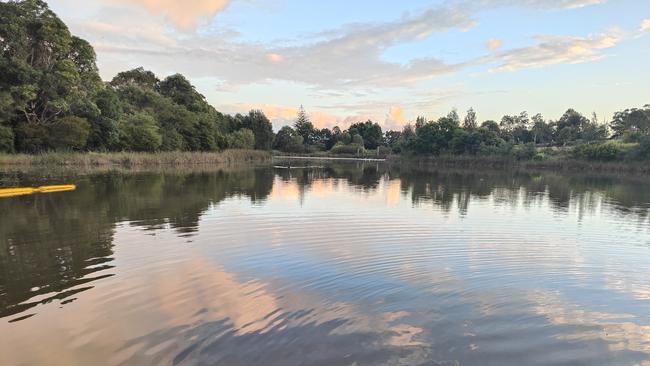
In 2022 Oppo’s camera system hangs its hat on improved image stabilisation and its new neural processing unit or NPU. It brings new AI features to its photography, such as real time RAW image processing of 4K night video with a live preview.
Night shots taken with the main 50 MP lens (with the widest aperture) were good but you need to hold the camera still for several seconds to take them. There was some halo effect around lights.
Image portrait mode has a sliding scale for varying the background blur effect and there’s a wide range of portrait filters. The retouch option which lets you alter settings for facial features wasn’t very effective.
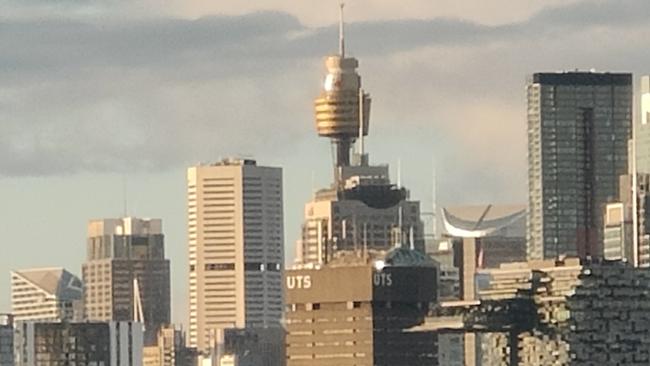
I liked the colour of images in normal light; they were bright but looked natural, not oversaturated. Skin tones lacked the deeper texture offered by some premium phone cameras.
There are plenty of other options: hi-res shooting for still objects, Pro and RAW images, panorama, slo-mo, time-lapse, long exposure, a text scanner and dual video view for shooting with front and back lenses.
You get a good array of features but the phone lacks the wackier features of the Pixel 6 Pro and the massive breadth of options with the S22 Ultra.
–
Verdict
I liked the Pixel 6 Pro’s all round photo quality. Shots are clear and colourful without being too saturated.
The big range of features on the S22 Ultra renders its an impressive monster photo taking machine despite the occasional quality glitches. You’ll enjoy two years with the camera system getting to know it. The X5 Pro wasn’t too far behind; it’s selfie camera mode worked well despite the 1080p resolution limitation.
More Coverage
